Transcription of Fluorine-Containing Elastomers Introduction
1 SEALS EASTERN, INC. by DAN HERTZ, JR. 1 Fluorine-Containing Elastomers Introduction Fluoroolefin history began in 1892 with the work of F. Swarts, a Belgian chemist and the well-known Swarts reaction named after him. This reaction led to the development of fluoroalkanes, the precursors of fluoroalkenes, fluoroalkenes in turn led to halogenated refrigerants. Volume production of these refrigerant gases offered a readily available volume source of monomers necessary for the production of today s fluoroelastomers with the actual birth of the fluoroelastomer industry in the early 1950 s.
2 The subsequent dynamic growth of the industry is very indicative of the commercial significance of these premium priced Elastomers . This chapter might appear to have an undue level of depth but for good reason, suppliers literature is often deficient in some areas of information necessary for the long-term service, some of these Elastomers are capable of surviving. SEALS EASTERN, INC. by DAN HERTZ, JR. 2 Fluoroelastomer Development The substitution of fluorine for a hydrogen on a carbon-backbone macromolecule creates a unique class of rubbers typically referred to as fluoroelastomers.
3 The chemistry is straightforward: a hydrogen atom-H (atomic mass-1, atomic nm) is replaced by a fluorine atom-F (atomic mass-19, atom nm). Hydrocarbon rubbers (hydrogen and carbon) are classified as nonpolar, however, the substitution with fluorine creates polar molecules. Reference to the periodic chart helps explain the difference in polarity. Hydrogen is a Group I element where electrophillic reactions (electron pair acceptor-EPA) or acidic reactions dominate. Whereas fluorine , a Group VII element, is on the opposite side of the periodic chart where nucleophillic reactions (electron-pair donor-EPD) or basic reactions dominate.
4 The measure of electronegativity or electron acceptance is for hydrogen and (the maximum value) for fluorine on the Flory Electronegativity Scale. A review of bond strengths helps explain, in subsequent discussion, the changes in properties achieved through the fluorine substitution. Polar Bond Strength Bond strengths, or more correctly homolytic bond dissociation energy (BDE) as measured on a simple alkane-methane and a halogen ( fluorine , chlorine, bromine, iodine) substituted methane are revealing. CH3-H 435 kJ/mol CH3-F 451 kJ/mol CH3-Cl 351 kJ/mol CH3-Br 293 kJ/mol CH3-I 234 kJ/mol It is apparent that bond dissociation energies establish basic parameters for both elastomer thermal stability and ease of abstraction for crosslink site development.
5 SEALS EASTERN, INC. by DAN HERTZ, JR. 3 Fluoroelastomer Classifications ASTM D1418 Standard Practice for Rubber and Rubber Latices Nomenclature offers a convenient and preferred ASTM categorization for fluoroelastomers by listing three (3) categories (FKM, FFKM, and FEPM) and their general description. Logically these categories should define the classification of the monomers used in the polymerization. Although not specifically designated, they also define the ultimate service application. D1418-98, as all ASTM specifications, is subject to revision, approval and/or reapproval.
6 The following nomenclature might be logical for subsequent revisions. FKM, is the largest category (80+%) of fluoroelastomer. All FKM designated Elastomers contain vinylidene fluoride (VF2), a disubstituted monomer. Due to the growth of this category a more logical D1418 description might be: FKM Fluoro rubber of the polymethylene type that utilizes vinylidene fluoride as a comonomer and have substituent fluoro, alkyl, perfluoroalkyl or perfluoroalkoxy groups in the polymer chain, with or without a curesite monomer . There are currently five (5) logical FKM category Elastomers currently differentiated only by trademarks.
7 They might now be classified as the following FKM types: Type 1. Dipolymer of hexafluoropropylene and vinylidene fluoride Type 2. Terpolymer of tetrafluoroethylene, hexafluoropropylene and vinylidene fluoride Type 3. Terpolymer of tetrafluoroethylene, a fluorinated vinyl ether, and vinylidene fluoride Type 4. Terpolymer of tetrafluoroethylene, propylene and vinylidene fluoride Type 5. Pentapolymer of tetrafluoroethylene, hexafluoropropylene, ethylene, a fluorinated vinyl ether and vinylidene fluoride 2) The current FFKM designation Perfluoro rubbers of the polymethylene type having all substituent groups on the polymer chain either fluoro, perfluoroalkyl, or perfluoroalkoxy groups needs no change.
8 3) The third category, FEPM ( originally designated for Copolymer of tetrafluoroethylene and propylene ), requires updating for the addition of new Elastomers SEALS EASTERN, INC. by DAN HERTZ, JR. 4suitable for similar service. The implied service suitability defined by the tetrafluoroethylene and propylene monomers would be adequately defined by the following nomenclature change: FEPM-a fluoro rubber of the polymethylene type containing one or more of the monomeric alkyl, perfluoroalkyl, and/or perfluoroalkoxy groups with or without a curesite monomer (having a reactive pendant group).
9 Fluoroelastomer Categories Using the ASTD 1418 background, we can simply state that fluoroelastomers are available in three compositionally distinct categories based on polymerization of two or more specific types of monomers: Monomer Category 1. Nonsubstituted (hydrocarbon) alkene monomers (ethylene-E propylene-P). 2. Partially substituted (hydrofluoro) alkene monomers (vinylidene fluoride-VF2). 3. Fully substituted (perfluoro) alkene monomers (tetrafluoroethylene-TFE, hexafluoropropylene-HFP, perfluoromethyl vinyl ether-PMVE. Referring back to the various FKM classifications, we can further differentiate specific applications: FKM Category Type 1: General purpose, best balance of overall properties.)
10 Typical 66 weight percent of fluorine . Type 2: Higher heat resistance, best aromatic solvent resistance of the VF2 containing fluoroelastomers. Typical 68 and 69 weight percent fluorine . Type 3: Improved low-temperature performance, higher cost. Typical 62 and 68 weight percent fluorine . Type 4: Improved base resistance, higher swell in hydrocarbons, decreased low-temperature performance. Typical 67 weight percent fluorine . Type 5: Improved base resistance, low swell in hydrocarbons, improved low-temperature performance. SEALS EASTERN, INC. by DAN HERTZ, JR. 5 FFKM Category These Elastomers , correctly defined as perfluoroelastomers (totally fluorinated-no hydrogens) have outstanding fluid resistance, base-resistance, dielectric properties and high temperature resistance.
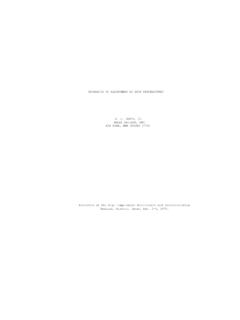
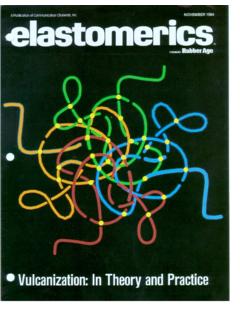
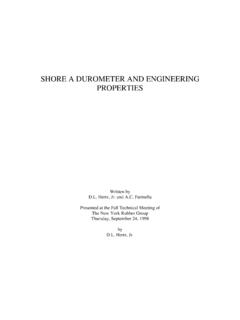
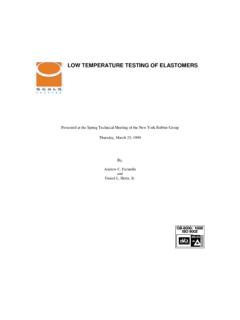
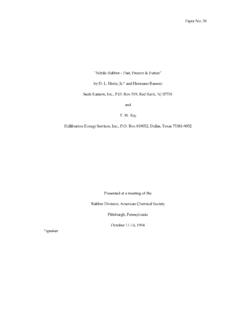
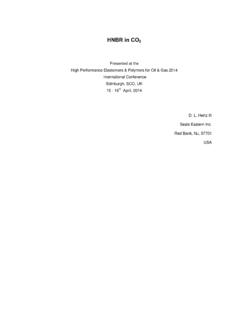
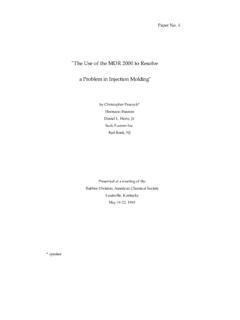
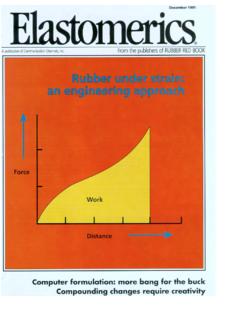
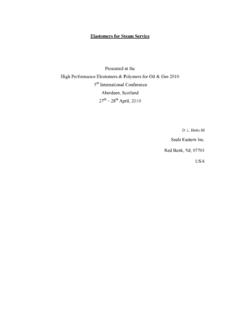
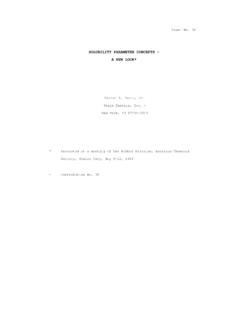




![[2009] ZACC 28 - Southern African Legal …](/cache/preview/8/9/c/8/5/c/d/3/thumb-89c85cd387403d54f908af632d1a1e7c.jpg)

